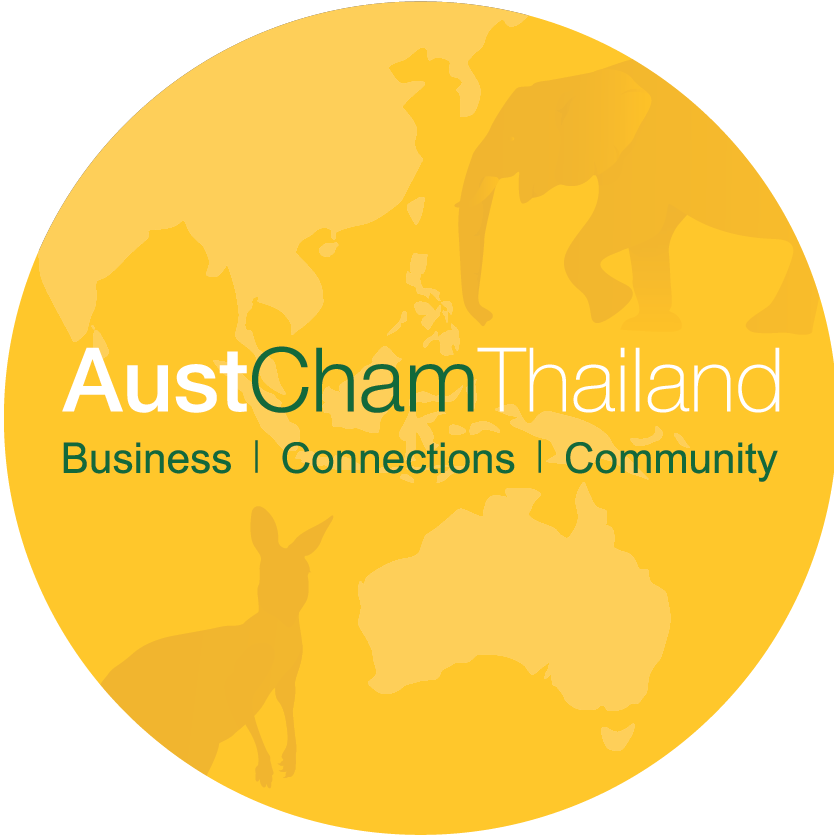By Department of Information, Ministry of Foreign Affairs of Thailand
Infrastructure and connectivity projects are key components of achieving sustainable quality growth. For this reason, Thailand, as ASEAN Chair in 2019, convened the 10th ASEAN Connectivity Symposium on 27 August 2019, in partnership with the ASEAN Secretariat and the Economic Research Institute for ASEAN and East Asia (ERIA). The theme of the Symposium was “Connecting ASEAN through Financing Sustainable Infrastructure,” aiming to drive forward the Master Plan on ASEAN Connectivity (MPAC) 2025.
Infrastructure development requires collaboration among all stakeholders and cannot be left to the Government alone. As such, this Symposium served as a platform for discussions on the challenges and opportunities in attracting more partners, more investments, and improving public-private partnerships (PPP). It acknowledged that digital and technological advancement has led to the emergence of more funding options through the usage of innovative digital financing mechanisms. Most importantly, the integration of advanced technology has strengthened effective coordination among different sectors related to infrastructure development.
Connectivity has been one of ASEAN’s main priorities for many years but the challenges and constraints in each member country have made implementation progress much slower than expected. Nevertheless, there are some interesting and encouraging examples around Southeast Asia we should highlight. For instance, Cambodia’s establishment of a National Logistics Council in 2019 to innovatively tackle challenges in logistics, and the Indonesia government’s prioritised list of National Strategic Projects, which helps the government focus first on projects that are most beneficial to the country.
One of the major obstacles to infrastructure development in ASEAN has been insufficient funding. Hence, the last session of the Symposium was devoted to discussions on “Funding Options for Infrastructure Development.” One proposed approach to close the funding gap was for governments to increase partnerships with the private sector through PPP. In this regard, the private sector can be involved in both the economic and social dimensions of national development, and contribute to the realization of MPAC 2025.
The private sector has the capacity to add value to infrastructure development in two ways. First, by introducing innovation from research and development; and, second, by bringing in the latest management skills and risk evaluation to increase the efficiency and effectiveness of running infrastructure projects.
In ASEAN, there is an increasing number of PPPs on infrastructure development, yet more is needed for the ASEAN countries. Governments are currently working to improve PPPs in their countries. For example, Thailand has a PPP Strategic Plan for 2017 – 2021 and the national PPP Act entered into force in March 2019. Actually, one of the more prominent examples of a PPP collaboration in Thailand is the BTS sky train which already facilitates over 1.4 million commuters daily, significantly easing the city’s chronic traffic congestion.
Other PPP success stories in ASEAN include the PPP for School Infrastructure Project (PSIP) in the Philippines, which seeks to provide students with better learning facilities. In addition, the Symposium also discussed investment opportunities for the private sector in the critical area of energy, which includes opportunities to invest in coal, renewable energy, and natural gas in the ASEAN region.
However, there are still risks and challenges that discourage the private sector from embarking in such partnerships. For example, risk of policy continuity, the government’s capacity on project implementation, and cyber threats on digital platforms. Thus, governments have to mitigate these concerns if they wish to attract more businesses to expedite ASEAN connectivity.
At the same time, governments may also seek financial support from national and regional development banks in Asia. These include the China Development Bank (CDB), the Japan Bank for International Cooperation (JBIC), Export-Import Bank of India (India-EXIM), the Asian Development Bank (ADB), and the Asian Infrastructure Investment Bank (AIIB), from which ASEAN Member States can request loans and seek technical assistance.
Each development bank has its own loan conditions, which governments have to consider and decide for the most suitable option. Some banks may prioritize projects that are environmentally friendly. For example, ADB and ASEAN Governments have established the ASEAN Catalytic Green Finance Facility (ACGF) as a source of funding for green and inclusive infrastructure development.
ASEAN is pushing ahead with the aims stated in MPAC 2025 “to achieve a seamlessly and comprehensively connected and integrated ASEAN that will promote competitiveness, inclusiveness, and a greater sense of Community.” The ASEAN Connectivity Symposium has brought together diverse stakeholders to explore all possible avenues for sustainable infrastructure development. One conclusion is clear. ASEAN Member States need to work closer with the private sector, regional banks and other relevant partners to advance partnership on ASEAN connectivity and expedite its full realisation. But the good news is, all necessary players and elements are already available within the region to make ASEAN seamlessly connected as visioned.
Department of Information
Ministry of Foreign Affairs

